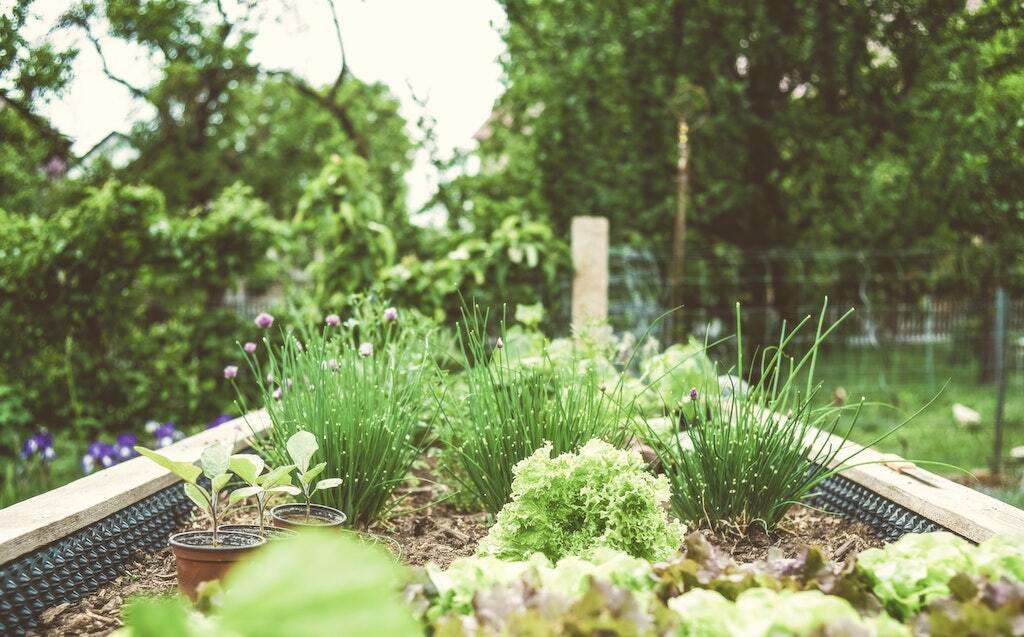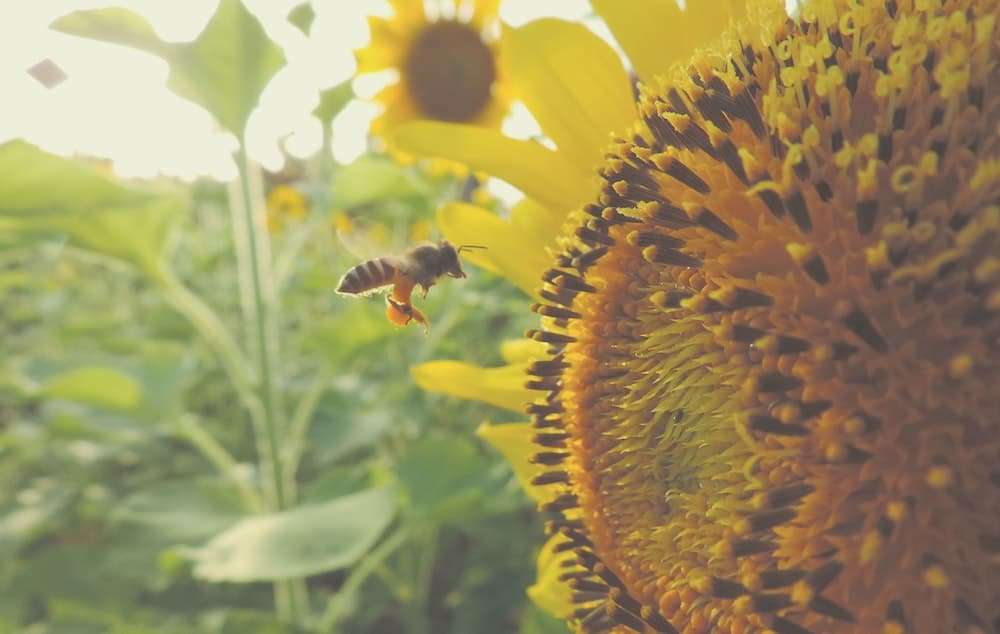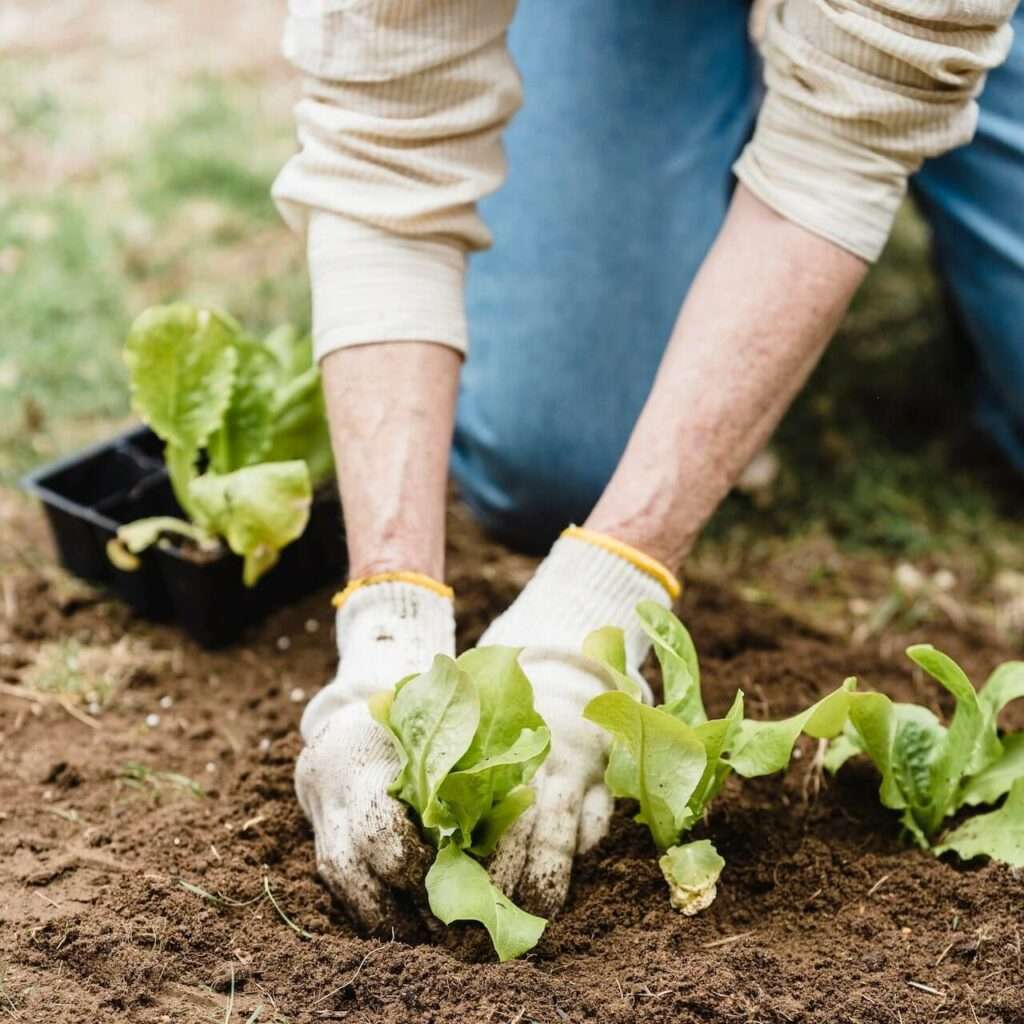‘Tis the season for green thumbs old and new to plant those spring gardens. Make yours as sustainable as possible with these fool-proof eco-friendly gardening tips.
Spring is the perfect time to start a garden, but it’s also the perfect time to make sure your garden is eco-friendly. An eco-friendly garden is one that is sustainable, reduces waste, and is good for the environment.
Gardening is not only a rewarding hobby but also offers numerous benefits for mental and physical well-being, the environment, and the economy.
Benefits of gardening
Studies have shown that like spending time in nature, gardening can have a positive impact on mental and physical health by reducing stress and anxiety levels. A study published in the Journal of Health Psychology found that participants who engaged in gardening had significantly lower levels of the stress hormone cortisol compared to those who engaged in indoor reading activities. Another study published in the Journal of Public Health found that gardening was associated with lower levels of depression and anxiety.
Gardening is a form of physical activity that can help improve fitness and overall health. The Centers for Disease Control and Prevention recommends gardening as a moderate-intensity physical activity that can help reduce the risk of chronic diseases such as heart disease, stroke, and obesity. Gardening also offers an opportunity for individuals to get outdoors and soak up some vitamin D from the sun.

Getting into your garden can also have a positive impact on the environment. Planting trees and other vegetation can help improve air quality by absorbing carbon dioxide and other pollutants. Gardens also provide habitat for pollinators such as bees and butterflies, which are essential for the reproduction of many plant species. In addition, gardens can help reduce stormwater runoff and erosion by absorbing rainfall and preventing soil erosion.
While there’s no question it’s a labor of love, that work can come with some serious economic benefits. According to the National Gardening Association, the average American household spent $503 on gardening-related expenses in 2020. However, gardening can also help save money by reducing food expenses and increasing home values. According to a study by the University of Michigan, homes with well-maintained landscapes can increase in value by up to 11 percent.
Before you get started
Be sure to prep before you start your garden. A few key considerations:
Prepare to minimize water use
Make your garden at home more sustainable by minimizing your water use. Cut back as much as possible in the spring and summer, which can greatly help the environment and your water bill. Check the weather and take into account if it will be raining so that you don’t always have to be watering. You can also choose to use drip irrigation or hoses instead of constantly running your sprinkler all day.
Wait to mow your lawn
You can also consider participating in no mow May if feasible which is a conservation initiative. The objective is to provide resources and habitat for bees and other pollinators who work early in the season. Once you’re ready to mow your lawn again you can cut back on energy use by choosing to use a push-reel or electric mower.
Eco-friendly gardening tips
Whether you are planting a small herb garden on your windowsill or cultivating a large backyard garden, gardening can be a fulfilling and rewarding activity with numerous benefits. These tips for an eco-friendly spring garden will help you create a garden that is both beautiful and environmentally friendly.
1. Start with healthy soil. Healthy soil is the foundation of an eco-friendly garden. Use natural or organic potting soil. Synthetic potting soil can contain harmful chemicals.
2. Use compost. Composting is a great way to reduce waste and improve soil health. Use a compost bin to compost kitchen scraps. Composting reduces waste and creates a nutrient-rich soil amendment.
3. Use a compost tumbler for faster composting. This can help create a valuable soil amendment in less time.
4. Avoid chemical fertilizers. Chemical fertilizers can harm the environment and are not necessary for a healthy garden.
5. Plant native species. Native plants are better adapted to the local climate and require less water and maintenance.
6. Choose plants that attract pollinators. Pollinators such as bees and butterflies are essential for a healthy ecosystem.
7. Use rain barrels to collect rainwater. Rainwater is free and can be used to water your garden.
8. Use a drip irrigation system. Drip irrigation is more efficient than traditional watering methods.
9. Mulch your garden. Mulching helps retain moisture and reduces the need for watering. Use recycled mulch. Mulch made from recycled materials, such as wood chips or leaves, can help reduce waste.
10. Use natural pest control methods. Chemical pesticides can harm beneficial insects and pollinators.

11. Companion planting can help deter pests. You can also use companion planting to improve soil health. Plants such as beans or peas can help fix nitrogen in the soil, improving soil health for other plants.
12. Use organic weed control methods. Chemical herbicides can harm the environment and are not necessary for weed control.
13. Use manual weed control methods. Hand weeding or hoeing can be effective for controlling weeds.
14. Plant in raised beds. Raised beds can help improve soil drainage and reduce soil compaction.
15. Use recycled materials for garden structures. Recycled materials such as old pallets or bricks can be used for garden beds or paths.
16. Use natural materials for garden structures. Wood, stone, and bamboo are all natural materials that can be used for garden structures.
17. Use solar-powered garden lights. Solar-powered lights are energy-efficient and do not require electricity.
18. Use natural or biodegradable pots. Plastic pots can take hundreds of years to decompose.
19. Use a rain gauge to measure rainfall. This will help you determine when your garden needs watering.
20. Plant cover crops in the fall. Cover crops can help improve soil health and reduce erosion.
21. Use natural or homemade plant fertilizers. Homemade fertilizers can be made from kitchen scraps or other natural materials.
22. Use a soaker hose for watering. Soaker hoses are more efficient than sprinklers and reduce water waste.
23. Plant a variety of crops. A diverse garden is better for the environment and can help improve soil health.
24. Use a rain chain to collect rainwater. Rain chains are an attractive alternative to traditional downspouts.
25. Use a rain garden to capture rainwater. A rain garden is a depression in the ground that collects rainwater and allows it to soak into the soil.

26. Use natural insect repellents. Essential oils such as peppermint or citronella can help repel insects.
27. Use natural or organic insecticides when repellents aren’t working. These can include neem oil, soap spray, or diatomaceous earth.
28. Plant herbs that deter pests. Herbs such as basil or mint can help repel pests.
29. Use a compost tea to fertilize plants. Compost tea is a nutrient-rich liquid that can be used to fertilize plants.
30. Use a rain sensor for your irrigation system. A rain sensor will automatically turn off your irrigation system when it is raining.
31. Use a natural or organic lawn fertilizer. Chemical fertilizers can harm the environment.
32. Install a rain garden. Rain gardens can help manage stormwater runoff, reduce erosion, and provide habitat for wildlife.
33. Choose drought-tolerant plants. Drought-tolerant plants require less water and are better adapted to dry conditions. Choose plants that require less water such as succulents, cacti, and other drought-tolerant plants that are great options for a low-water garden.
34. Plant fruit trees. Fruit trees provide food for wildlife, shade, and can help reduce your carbon footprint by reducing your need to buy produce at the grocery store.
35. Use recycled materials for garden art. Old metal or glass can be repurposed as garden art.
36. Plant a vegetable garden. This can provide fresh produce for your family and reduce your carbon footprint.
37. Install a green roof. Green roofs can help reduce stormwater runoff and provide habitat for wildlife.
38. Choose plants that provide food for wildlife. Native plants such as berries, nuts, and seeds can provide food for birds and other animals.
39. Choose plants that are deer-resistant. This can help reduce damage to your garden by deer and other wildlife.

40. Choose plants that are adapted to your soil type. Plants that are well-suited to your soil will require less water and maintenance.
41. Use natural or organic methods to control fungal diseases. These can include spraying with a baking soda solution or using compost tea.
42. Install a permeable patio or walkway. Permeable materials, such as pavers or gravel, can help reduce stormwater runoff.
43. Choose plants that are adapted to your sunlight conditions. Plants that are well-suited to your sunlight will require less water and maintenance.
44. Use natural or organic methods to control aphids. These can include releasing ladybugs, using insecticidal soap, or spraying with a garlic solution.
45. Install a green wall. Green walls can help improve air quality and reduce heat island effects.
46. Choose plants that are adapted to your wind conditions. Plants that are well-suited to your wind conditions will require less water and maintenance.
47. Use natural or organic methods to control mites. These can include spraying with neem oil or releasing predatory mites.
48. Choose plants that are adapted to your humidity conditions. Plants that are well-suited to your humidity will require less water and maintenance.
49. Use natural or organic methods to control caterpillars. These can include releasing parasitic wasps or using Bacillus thuringiensis (Bt).
50. Install a bird bath or bird feeder in your garden. Providing food and water for birds can help support local wildlife populations.
51. Use a manual reel mower to cut your lawn. This can help reduce noise pollution and fossil fuel emissions.
52. Choose plants that are suited to your elevation. Plants that are well-suited to your elevation will require less water and maintenance.
53. Consider reducing the size of your lawn and replacing it with a diverse mix of native plants. This can help reduce water use, provide habitat for wildlife, and create a more sustainable and eco-friendly outdoor space.
Related on Ethos:


